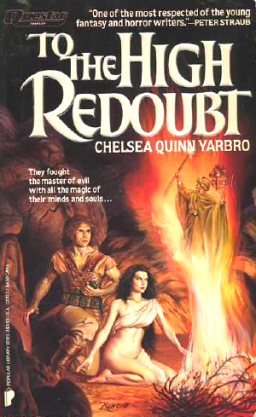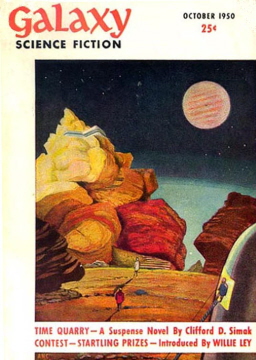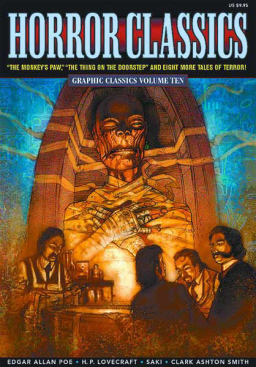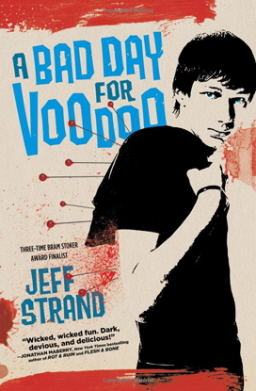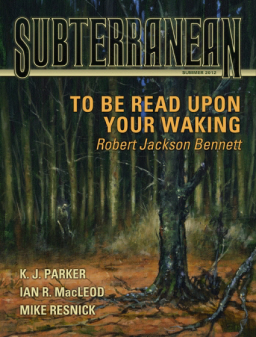Robert E. Howard: The Sword Collector’s Sword Collection
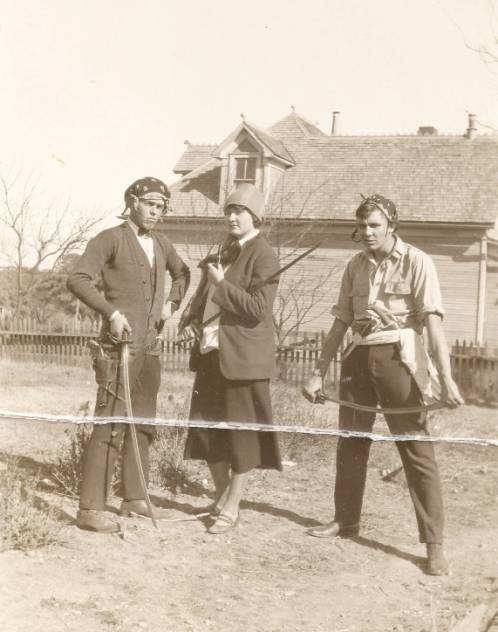
When I wrote “Robert E. Howard: The Sword Collector and His Poetry” in August 2010, it was to highlight REH’s interest in swords. The article listed each type of sword mentioned in his poems along with a definition, a photo and a snippet showing REH’s usage of it in verse.
At that time, the photograph at right was not available. In fact, it is one of three that were discovered earlier this year by Howard scholar Patrice Louinet, showing Robert E. Howard (r) and his two neighbors, Leroy Butler and Leroy’s sister, Faustine, dressed as pirates.
According to Patrice, this photo was taken sometime between 1923 and 1925. That would make Howard between 17 and 19 years old. It was during this period, in November 1924, that REH received a letter from Farnsworth Wright that Weird Tales was accepting his story “Spear and Fang,” which was eventually published in July 1925.
Whether the story had been written, sold, and published by the time this photo was taken is unknown. But REH’s love of swords and the adventure they brought were definitely a part of his life even at an early age.
The other piece of information not available in August 2010 regarded the sword collection itself. The article “Robert E. Howard: The Sword Collector and His Poetry” began with a quote from a letter REH wrote to HPL:
…Long ago I started collecting them [swords], but found it a taste far too expensive for my means. I still have the things I did manage to get hold of—a few sabers, swords, bayonets and the like.
While REH mentions collecting swords, at that time there was no further information regarding its contents. That has changed. Recently I received an email from Howard sleuth Patrice that sheds more light on what swords REH owned. Patrice’s sources are the notes that L. Sprague de Camp took to document his telephone conversations with Earl Baker. Earl was one of REH’s early Cross Cut friends and someone REH kept in touch with throughout the years.
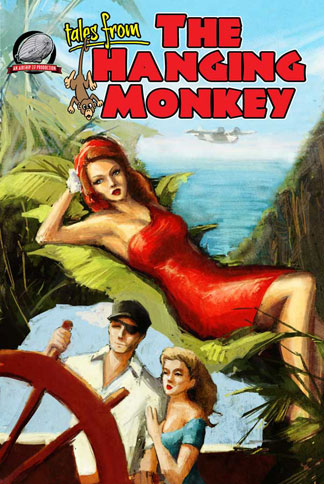 Tales of the Gold Monkey only lasted one season in the early 1980s, but the series has developed a steady cult following in the years since its brief network run. Dismissed as nothing more than an inferior small screen knockoff of the contemporaneous Raiders of the Lost Ark, the series has finally started to earn the recognition denied it at the time. While it took a Hollywood blockbuster to convince network executives to green-light the series, the proposal had been around since the 1970s and the show was conceived, like Raiders, in homage to the serials and classic adventure stories of the past.
Tales of the Gold Monkey only lasted one season in the early 1980s, but the series has developed a steady cult following in the years since its brief network run. Dismissed as nothing more than an inferior small screen knockoff of the contemporaneous Raiders of the Lost Ark, the series has finally started to earn the recognition denied it at the time. While it took a Hollywood blockbuster to convince network executives to green-light the series, the proposal had been around since the 1970s and the show was conceived, like Raiders, in homage to the serials and classic adventure stories of the past.
